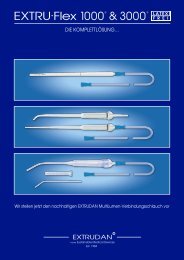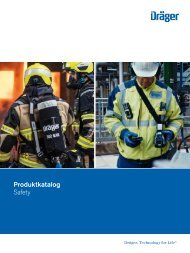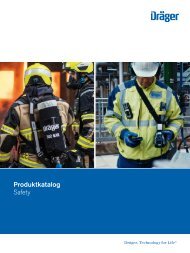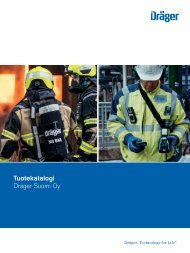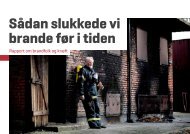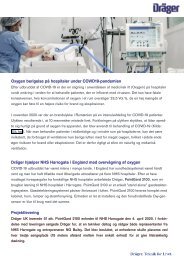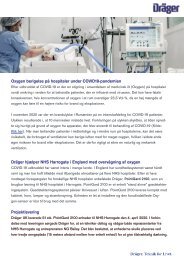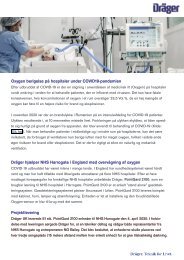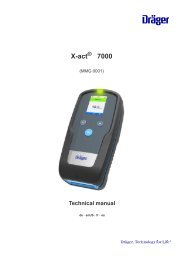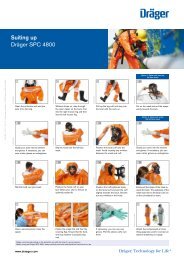Neonatal-Non-Invasive-Ventilation-NIV
Neonatal intensive care continues to be one of the most challenging fields in medicine. Fortunately years of experience from careful clinical observation, meticulous research and plenty of tender loving care have helped to significantly increase the chances of survival for our tiny patients. This booklet is an attempt to address the current development process of noninvasive ventilation therapies, both from a theoretical and a practical standpoint.
Neonatal intensive care continues to be one of the most challenging fields in medicine. Fortunately years of experience from careful clinical observation, meticulous research and plenty of tender loving care have helped to significantly increase the chances of survival for our tiny patients. This booklet is an attempt to address the current development process of noninvasive ventilation therapies, both from a theoretical and a practical standpoint.
You also want an ePaper? Increase the reach of your titles
YUMPU automatically turns print PDFs into web optimized ePapers that Google loves.
18 I<br />
3. FUTURE DEVELOPMENTS IN NON-INVASIVE RESPIRATORY SUPPORT OF NEONATES<br />
Babylog VN 500 – <strong>Non</strong>-invasive ventilation<br />
For neonatal and paediatric patients requiring ventilatory support, the last several<br />
decades have brought about a paradigm change characterised by a steady transition<br />
from mechanical ventilation to less invasive methods. The rationale for the use<br />
of non-invasive ventilation (<strong>NIV</strong>) includes the avoidance of the adverse effects of<br />
mechanical ventilation, such as VILI (Ventilator Induced Lung Injury) and BPD (Bronchopulmonary<br />
dysplasia). In addition, <strong>NIV</strong> opens up new treatment possibilities for<br />
conditions such as RDS (Respiratory Distress Syndrome) and facilitates early weaning<br />
strategies.<br />
The Babylog VN 500 from Dräger is a dedicated neonatal and paediatric ventilator<br />
that provides tidal volumes up to 300 ml. The device is designed to cover the<br />
entire spectrum of modern therapy, from the ventilation of intubated patients to noninvasive<br />
ventilation and O 2<br />
-therapy. This chapter describes the use of non-invasive<br />
ventilation features of the Babylog VN 500.<br />
Technical principle<br />
<strong>Non</strong>-invasive ventilation can be catagorised in three different modes with<br />
various interfaces:<br />
– constant pressure mode e.g. CPAP<br />
– bi-level pressure mode e.g. PC-CMV<br />
– O 2<br />
- therapy (which can be used for low- and high-flow oxygen therapy)<br />
The following technical illustration applies only to non-invasive ventilation. The technical<br />
background of O 2<br />
-therapy is explained later in this chapter.<br />
Modern ventilators use different flow principles to generate pressure in the hose<br />
system. The underlying technical principle that allows the Babylog VN 500 to provide<br />
the flow necessary for the therapy incorporates a constant base flow, also referred to<br />
as continuous flow, of 6L/min (neonates) and 3L/min (paediatrics) and an additive<br />
demand flow (see Figure 1). The constant base flow facilitates spontaneous breathing<br />
by the patient and enables comfortable triggering in paediatric patients. The<br />
demand flow alters the flow from the ventilator towards the patient, compensating for<br />
the changes in pressure.




